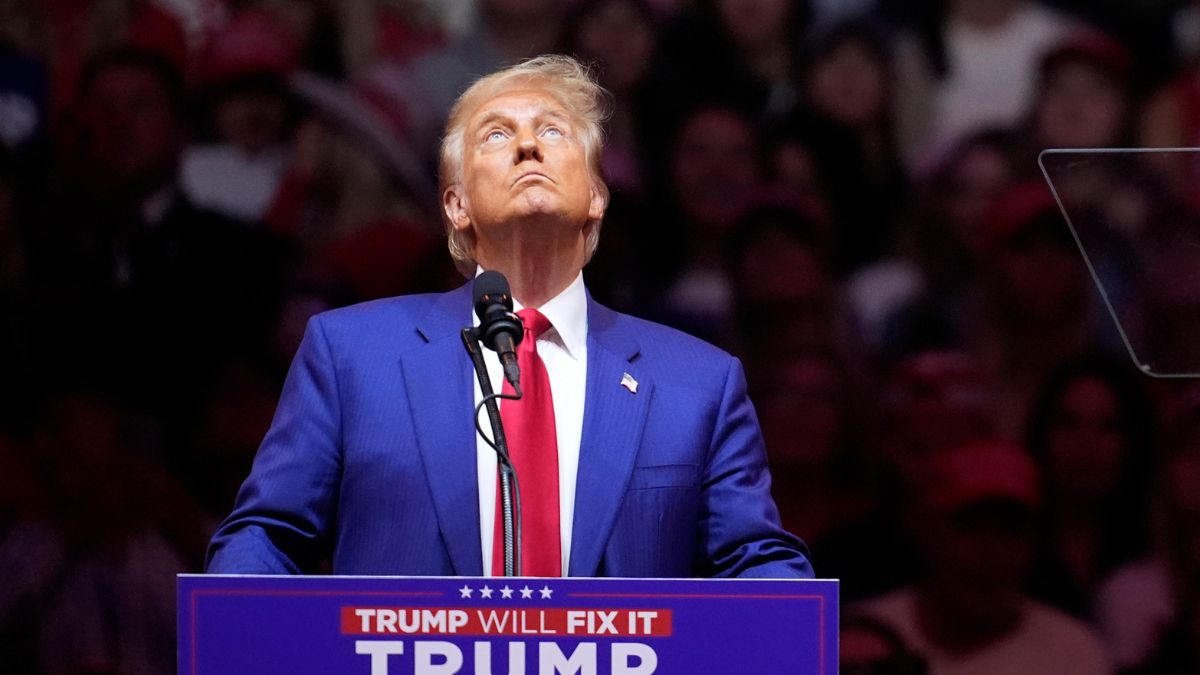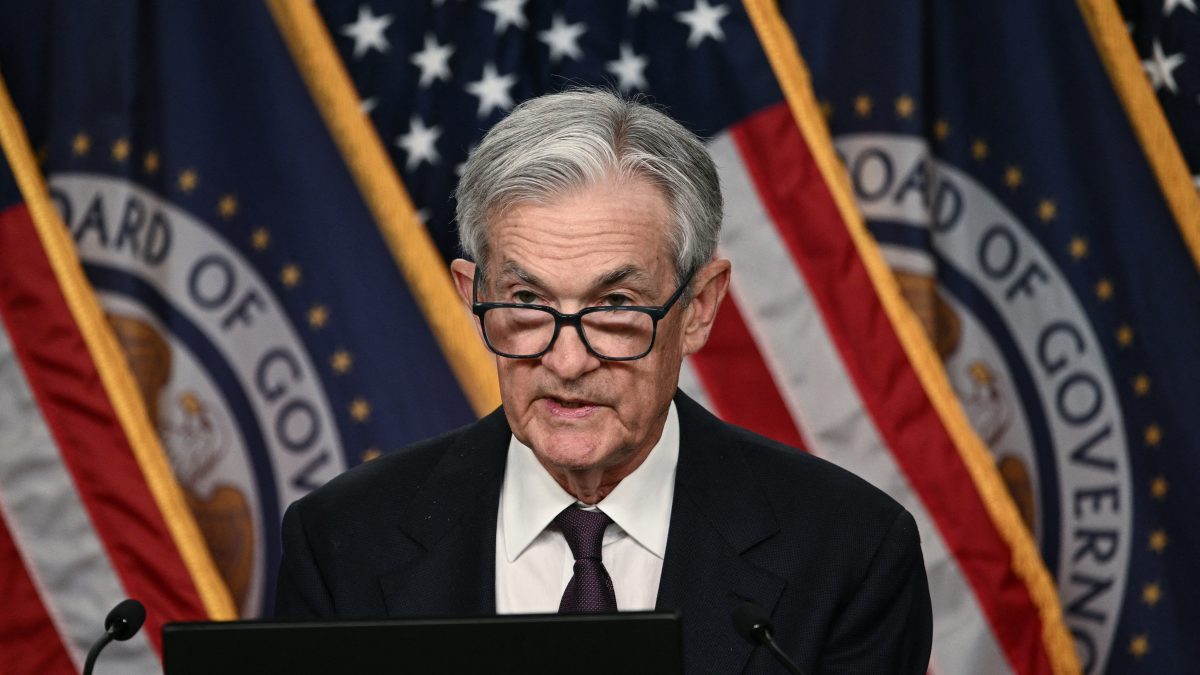As the 2024 US Presidential race unfolded, predictions of a tight contest between Donald Trump and Kamala Harris quickly fell short of reality.
As the Republican leader clinched victory, he saw surging support in several demographics and regions, which stood in stark contrast to what opinion polls predicted.
“They did fine in battlegrounds, but…they failed to provide the essential information that Trump was surging across the board,” Michael Bailey, a political science professor at Georgetown University told AFP.
And this isn’t the first time pollsters have underestimated Trump’s popularity. According to The New York Times, more than 90 per cent of US counties voted in higher numbers for the Republican billionaire than they did in 2020.
This time again, polls had predicted narrow margins in the seven key battleground states, however, Trump ultimately emerged victorious, outperforming Harris in five states and leading her in the other two.
How did the pollsters go astray? Here’s a closer look.
Narrow margins
The pollsters’ performance was under the microscope this year, after two big misses in succession: they had failed to anticipate Trump’s victory in 2016, and had overestimated the margin by which President Joe Biden won against him in 2020.
“Trump was underestimated by about two points this time around in key states,” Pedro Azevedo, Head of US polling at AtlasIntel told AFP.
In Pennsylvania, the recent polling average from RealClearPolitics put the Republican in the lead by 0.4 per centage points. As of Wednesday, he was ahead by two points.
In North Carolina, predictions of a 1.2-point margin were surpassed with a three-point win by Trump.
In Wisconsin, the vice president was given a 0.4-point lead, but the projected results showed Trump leading the count by 0.9 points.
On average, Trump performed around three points higher in the swing states than polls had predicted.
Nationally, he is on track to win the popular vote as well, surpassing his 2016 performance, when he fell short on this metric. About 20 per cent of the votes are still being counted.
Also read: Harris vs Trump: What are exit polls? How they work and what they tell us about US elections
Keeping up with Trump loyalists
The main problem has not changed since Trump’s arrival on the US political scene about a decade ago: a fringe of his electorate refuses to take part in opinion polls, and firms have failed to be able to accurately gauge their impact.
In a recent poll conducted by The New York Times and Siena College, data analyst Nate Cohn highlighted a significant discrepancy, noting that “white Democrats were 16 per cent likelier to respond than white Republicans.” This gap, Cohn observed, only widened throughout the 2024 campaign.
Despite attempts to adjust for these flaws with statistical methods, the pollsters struggled to make up for the gap.
Azevedo pointed out that “polls significantly underestimated Trump’s growth among Hispanic voters,” especially evident in his larger-than-expected victories in Nevada and Florida.
He also noted that Trump outperformed expectations among white voters, particularly in rural areas, contrary to predictions that Kamala Harris would “improve her margins” in this demographic.
Iowa provides a clear example of these discrepancies. A poll taken just three days before Election Day predicted a narrow three-point victory for Harris in the typically Republican state. However, as Azevedo pointed out, Trump won Iowa decisively by 13 points.
Tracking late-deciding voters
J Ann Selzer, the author of the inaccurate Iowa poll, suggested that late-deciding voters might have played a role in the poll’s failure to predict the outcome accurately.
She explained to the Des Moines Register newspaper, “The late deciders could have opted for Trump in the final days of the campaign after interviewing was complete."
Additionally, Selzer pointed out that “the people who had already voted but opted not to tell our interviewers for whom they voted could have given Trump an edge."
With input from agencies


)

)
)
)
)
)
)
)
)



